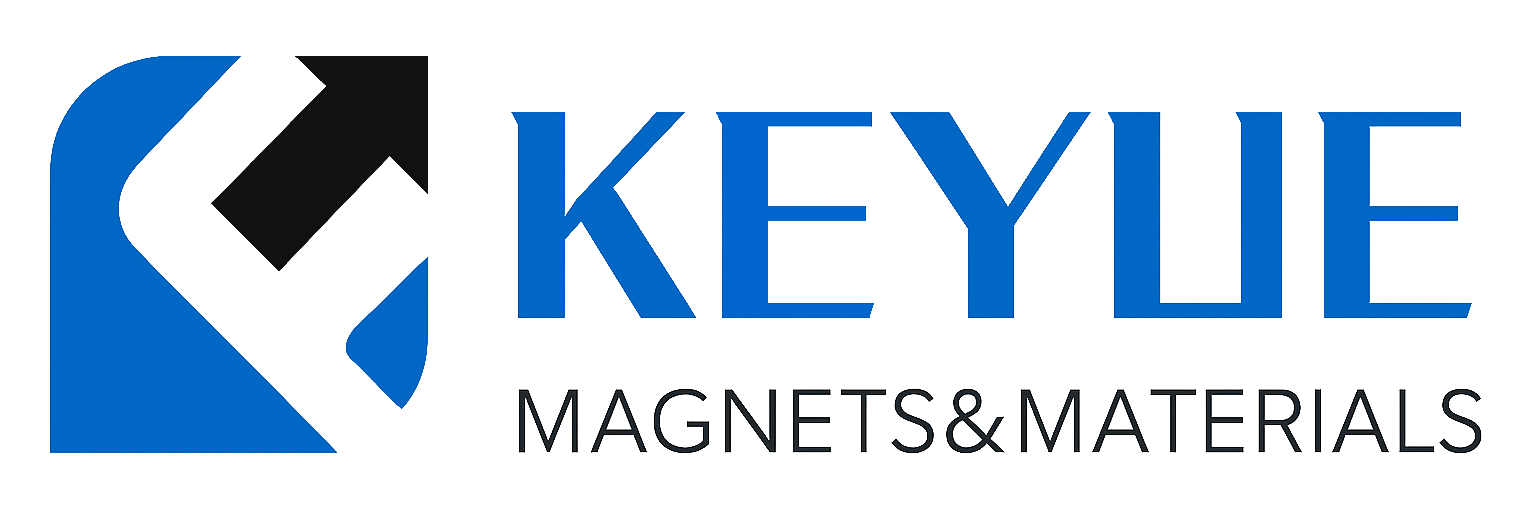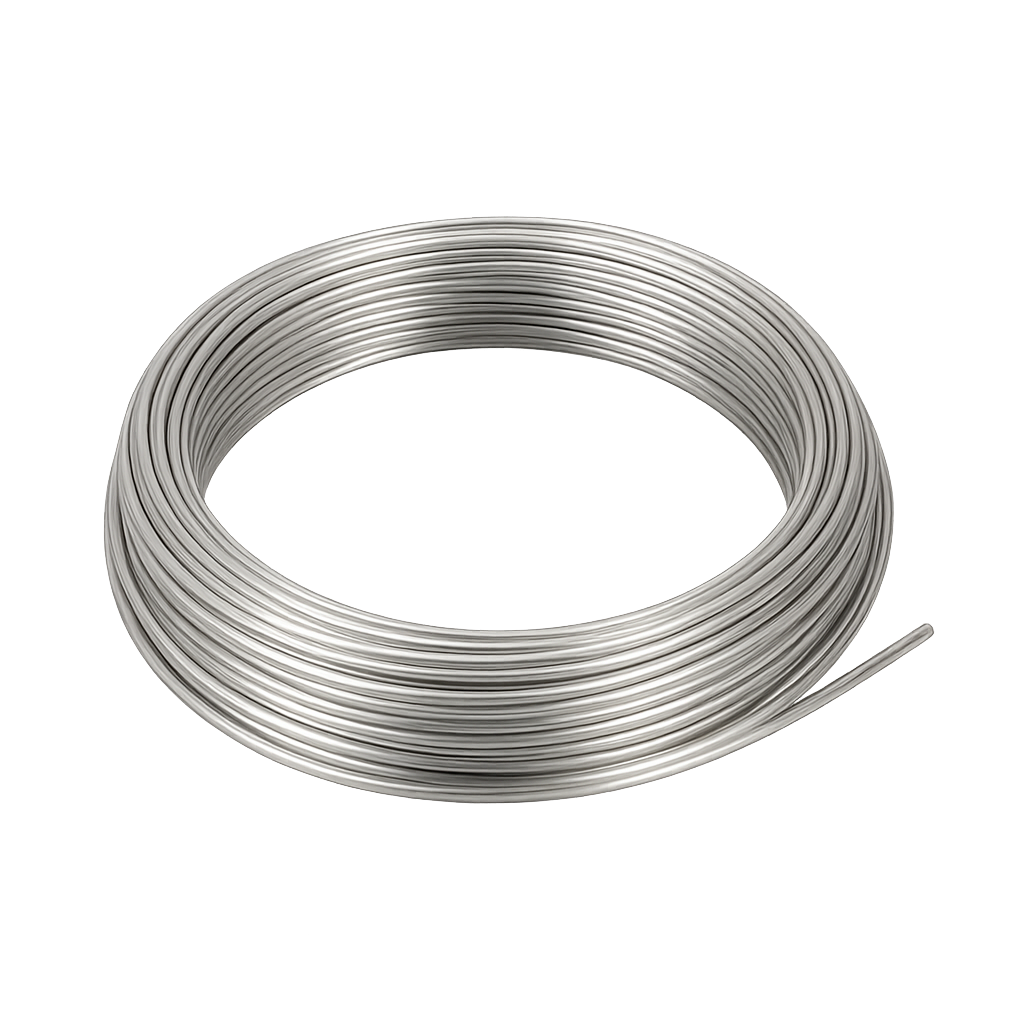描述
铂合金丝(PtRh / PtIr Wire)
产品简介
铂合金丝(PtRh / PtIr Wire)是一种由高纯铂与铑(Rh)或铱(Ir)按特定比例制成的贵金属合金丝,具有优异的高温稳定性、电导性和抗腐蚀性能。
由于铂本身化学惰性极强,而铑与铱的加入可显著提升高温强度和抗氧化性能,因此此类合金丝被广泛应用于热电偶、电极、蒸发源、半导体制造和科研实验等高精度领域。
产品详情
苏州科跃材料科技有限公司提供的铂铑丝(PtRh)与铂铱丝(PtIr)均采用高纯贵金属原料经真空熔炼、精密拉丝、退火及抛光制备,保证了稳定的化学组成与优异的物理性能。
产品符合 ASTM B684 与 ISO 9001 标准,适合科研与工业级高温应用。
典型规格:
-
合金类型:Pt-10%Rh、Pt-20%Rh、Pt-5%Ir、Pt-10%Ir(可定制)
-
纯度等级:99.95% – 99.99%
-
直径范围:0.05 – 2.0 mm
-
形态:卷丝 / 直丝 / 热电偶用对丝
-
制造工艺:真空熔炼 + 精密拉丝 + 真空退火 + 抛光
-
表面状态:亮银白色 / 抛光镜面 / 无氧化层
铂合金丝兼具铂的化学稳定性与合金元素的高温强度,能在2000°C以上长期稳定运行。
应用领域
铂合金丝广泛用于对温度、电化学及结构稳定性要求极高的场合:
-
热电偶与温度传感器:PtRh系列是标准型热电偶材料。
-
真空蒸发源:用于PVD镀膜及蒸发支架。
-
电极与催化:在燃料电池与电化学实验中用作阳极/阴极。
-
半导体与光电器件:用于电接触层与高温导线。
-
高温炉与科研实验:用于加热元件与高温导体。
技术参数
| 参数 | 典型值 / 范围 | 说明 |
|---|---|---|
| 合金类型 | PtRh / PtIr | 高温与导电性能可调 |
| 纯度 | 99.95% – 99.99% | 高纯度确保稳定性 |
| 熔点 | 1768–2250 °C(视成分) | 优异的耐高温特性 |
| 密度 | 21.5–22.6 g/cm³ | 高密度贵金属材料 |
| 电导率 | 9–11 × 10⁶ S/m | 稳定导电性 |
| 热导率 | 70–85 W/m·K | 良好导热性能 |
| 抗氧化性 | 极优 | 可在氧化气氛中长期使用 |
常见问题(FAQ)
| 问题 | 答案 |
|---|---|
| PtRh与PtIr的区别是什么? | PtRh耐高温氧化性更好,PtIr机械强度与化学稳定性更强。 |
| 是否可用于热电偶? | 是的,PtRh系列广泛用于B、R、S型热电偶。 |
| 是否具磁性? | 无磁性。 |
| 是否支持细丝定制? | 可至0.05 mm,适合科研用途。 |
| 是否可用作电极? | 是的,可用于燃料电池、电解及电化学反应。 |
| 是否提供检测报告? | 附化学成分与纯度分析报告。 |
| 是否支持定制比例? | 可定制铑/铱含量。 |
| 是否符合RoHS标准? | 完全符合RoHS与REACH要求。 |
| 是否支持科研样品? | 支持样品与批量供货。 |
| 交货周期? | 常规2–3周交付。 |
包装与交付
所有铂合金丝出厂前均经精密检测与真空退火处理。产品采用真空密封、防氧化、防潮包装,配备RoHS、REACH、COC与材质检测报告。可提供线轴、盘丝或定长卷装形式。
结论
铂合金丝(PtRh / PtIr Wire)以其卓越的高温性能、抗腐蚀性与电学稳定性,被广泛应用于热电偶、电极、真空蒸发及半导体制造,是科研与高端制造不可替代的贵金属材料。
如需了解更多技术参数或获取报价,请联系:sales@keyuematerials.com


-300x300.png)
-300x300.png)

评价
目前还没有评价